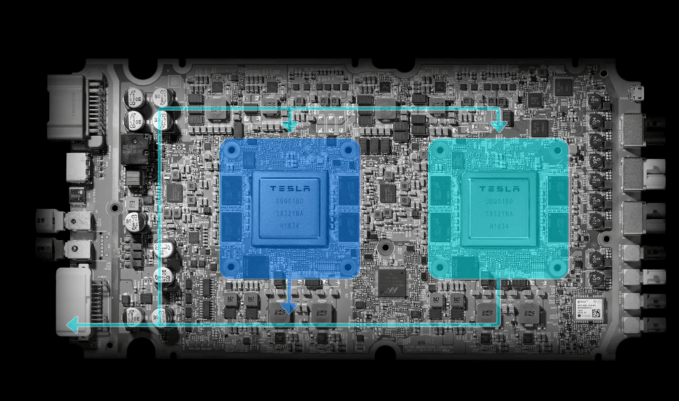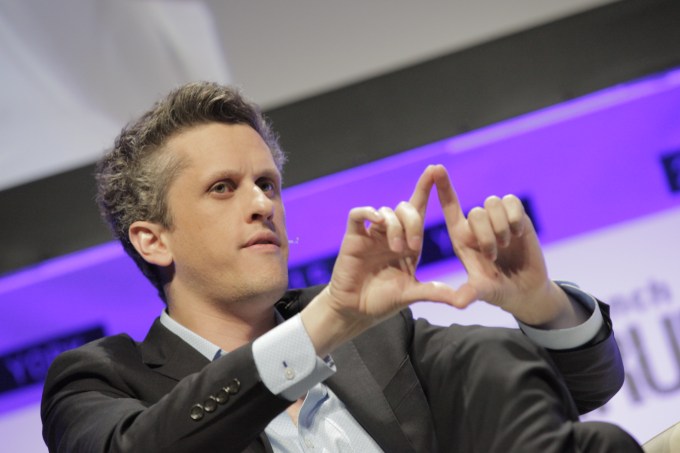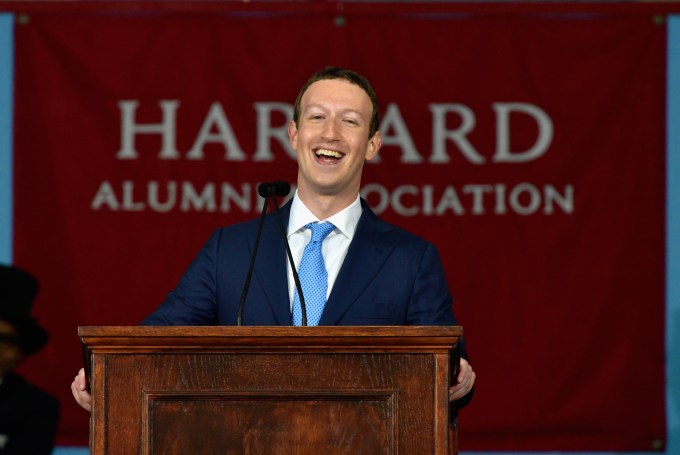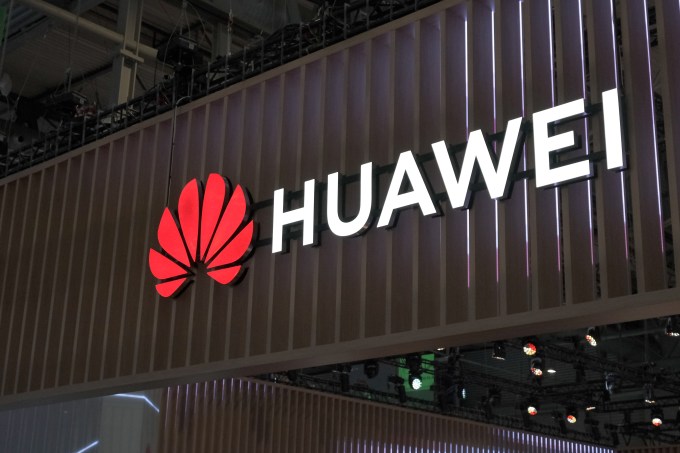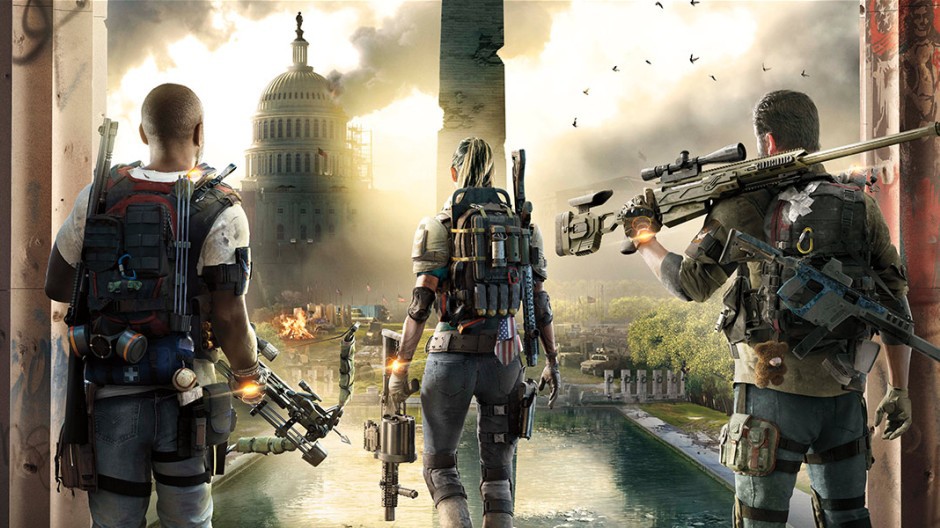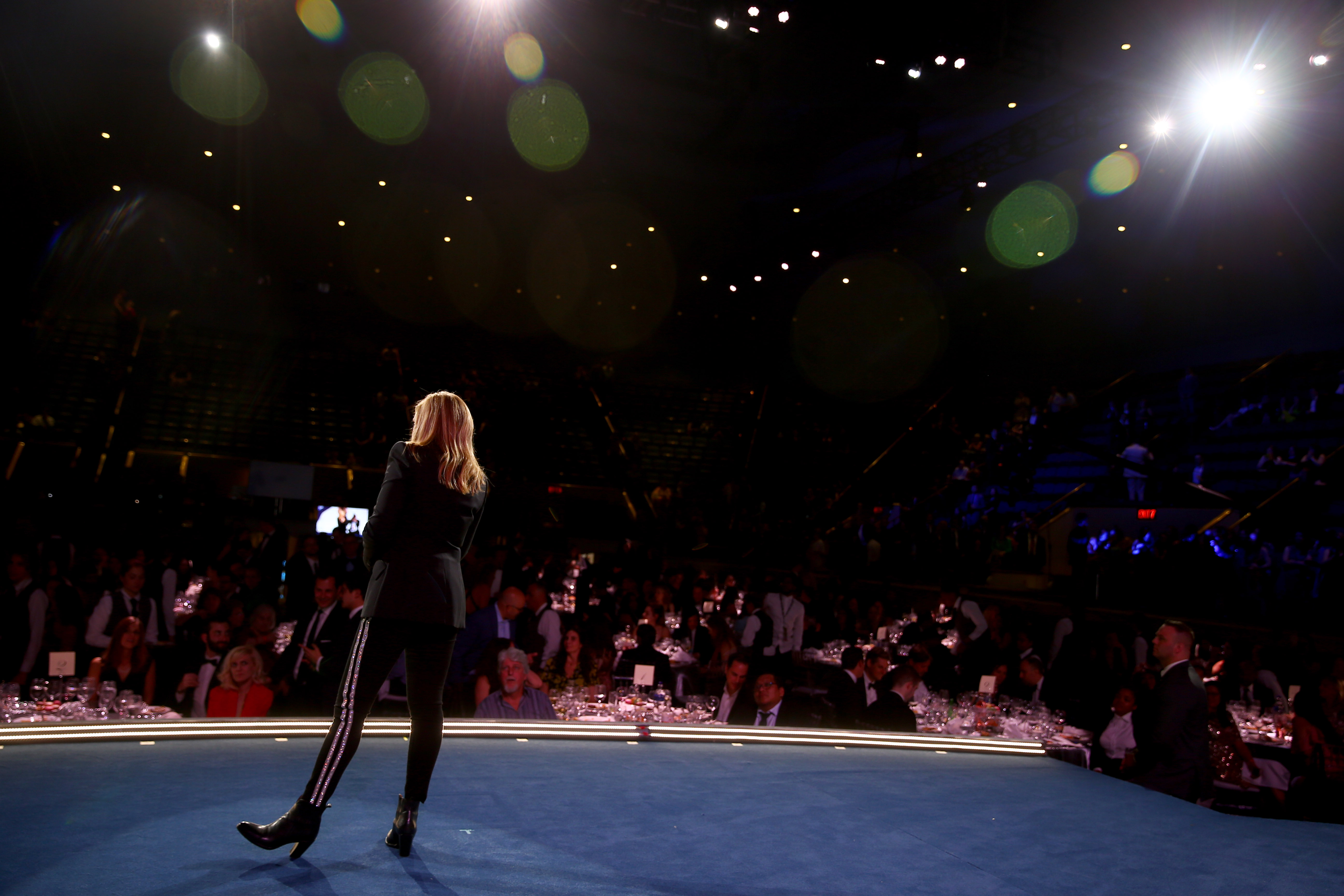In The Division 2, the answer to every question is a bullet. That’s not unique in the pervasively violent world of gaming, but in an environment drawn from the life and richly decorated with plausible human cost and cruelty, it seems a shame; and in a real world where plentiful assault rifles and government hit squads are the problems, not the solutions, this particular power fantasy feels backwards and cowardly.
Ubisoft’s meticulous avoidance of the real world except for physical likeness was meant to maximize its market and avoid the type of “controversy” that brings furious tweets and ineffectual boycotts down on media that dare to make statements. But the result is a game that panders to “good guy with a gun” advocates, NRA members, everyday carry die-hards, and those who dream of spilling the blood of unsavory interlopers and false patriots upon this great country’s soil.
There are two caveats: That we shouldn’t have expected anything else, from Ubisoft or anyone; and that it’s a pretty good game if you ignore all that stuff. But it’s getting harder to accept every day, and the excuses for game studios are getting fewer. (Some spoilers ahead, but trust me, it doesn’t matter.)
To put us all on the same page: The Division 2 (properly Tom Clancy’s The Division 2, which just about sums it up right there) is the latest “game as a service” to hit the block, aspiring less towards the bubblegum ubiquity of Fortnite and than the endless grind of a Destiny 2 or Diablo 3. The less said about Anthem, the better (except Jason Schrier’s great report, of course).

From the bestselling author of literally a hundred other books…
It’s published by Ubisoft, a global gaming power known for creating expansive gaming worlds (like the astonishingly beautiful Assassin’s Creed: Odyssey) with bafflingly uneven gameplay and writing (like the astonishingly lopsided Assassin’s Creed: Odyssey).
So it was perhaps to be expected that The Division 2 would be heavy on atmosphere and light on subtlety. But I didn’t expect to be told to see the President snatch a machine gun from his captors and mow them down — then tell your character that sometimes you can’t do what’s popular, you have to do what’s necessary.
It would be too much even if the game was a parody and not, as it in fact is, deeply and strangely earnest. But I’m getting ahead of myself.
EDC Simulator 2
The game is set in Washington, D.C.; its predecessor was in New York. Both were, like most U.S. cities in this fictitious near future, devastated by a biological attack on Black Friday that used money as a vector for a lethal virus. That’s a great idea, perhaps not practical (who pays in cash?), but a clever mashup of terrorist plots with consumerism. (The writing in the first Division was considerably better than this one.)
Your character is part of a group of sleeper agents seeded throughout the country, intended to activate in the event of a national emergency, surviving and operating on your own or with a handful of others, procuring equipment and supplies on the go, taking out the bad guys and saving the remaining civilians while authority reasserts itself.
You can see how this sets up a great game: exploring the ruins of a major city, shooing out villains, and upgrading your gear as you work your way up the ladder.
 And in a way it does make a great game. If you consider the bad guys just types of human-shaped monsters, your various guns and equipment the equivalent of new swords and wands, breastplates and greaves, with your drones and tactical launchers modern spells and auras, it’s really quite a lot like Diablo, the progenitor of the “looter” genre.
And in a way it does make a great game. If you consider the bad guys just types of human-shaped monsters, your various guns and equipment the equivalent of new swords and wands, breastplates and greaves, with your drones and tactical launchers modern spells and auras, it’s really quite a lot like Diablo, the progenitor of the “looter” genre.
Moment to moment gameplay has you hiding behind cover, popping out to snap off a few shots at the bad guys, who are usually doing the same thing 10 or 20 yards away, but generally not as well as you. Move on to the next room or intersection, do it again with some more guys, rinse and repeat. It sounds monotonous, and it is, but so is baseball. People like it anyway. (I’d like to give a shout-out to the simple, effective multiplayer that let me join a friend in seconds.)
But the problem with The Division 2 isn’t its gameplay, although I could waste your time (instead) with some nitpicking of the damage systems, the mobs, the inventory screen, and so on. The problem with The Division 2 isn’t even that it venerates guns. Practically every game venerates guns, because as Tim Rogers memorably paraphrased CliffyB once: “games are power fantasies — and it’s easy to make power fantasies, because guns are so powerful, and raycasting is simple, and raycasting is like a gun.” It’s difficult to avoid.
No, the problem with The Division 2 is the breathtaking incongruity between the powerfully visualized human tragedy your character inhabits and the refusal to engage even in an elementary way with the themes to which it is inherently tied: terrorism, guns, government and anti-government forces, and everything else. It’s exploitative, cynical, and absurd.
 The Washington, D.C. of the game is a truly amazing setting. Painstakingly detailed block by block and containing many of the most notable landmarks of the area, it’s a very interesting game world to explore, even more so I imagine if you are from there or are otherwise familiar with the city.
The Washington, D.C. of the game is a truly amazing setting. Painstakingly detailed block by block and containing many of the most notable landmarks of the area, it’s a very interesting game world to explore, even more so I imagine if you are from there or are otherwise familiar with the city.
The marks of a civilization-ending disaster are everywhere. Abandoned cars and security posts with vines and grass creeping up between them, broken and boarded up windows and doors, left luggage and improvised camping spots. Real places form the basis for thrilling setpiece shootouts: museums, famous offices, the White House itself (which you find under limp siege in the first mission). This is a fantasy very much based in reality — but only on the surface. In fact all this incredibly detailed scenery is nothing more than cover for shootouts.
I can’t tell you how many times my friend and I traversed intricately detailed monuments, halls, and other environments, marveling at the realism with which they were decorated (though perhaps there were a few too many gas cans), remarking to one another: “Damn, this place is insane. I can’t believe they made it this detailed just to have us do the same exact combat encounter as the entire rest of the game. How come nobody is talking about the history of this place, or the bodies, or the culture here?”
When fantasy isn’t
Now, to be clear, I don’t expect Ubisoft to make a game where you learn facts about helicopters while you shoot your way through the Air and Space Museum, or where you engage in philosophical conversation with the head of a band of marauders rather than lob grenades and corrosive goo in their general direction. (I kind of like both those ideas, though.)
But the dedication with which the company has avoided any kind of reality whatsoever is troubling.
We live in a time when people are taking what they call justice into their own hands by shooting others with weapons intended for warfare; when paramilitary groups are defending their strongholds with deadly force; when biological agents are being deployed against citizenry; when governments are surveilling and tracking people via controversial AI systems; when the leaders of that government are making unpopular and ethically fraught decisions without the knowledge of their constituency.

Ultimate EDC simulator
This game enthusiastically endorses all of the previous ideas with the naive justification that you’re the good guys. Of course you’re the good guys — everyone claims they’re the good guys! But objectively speaking, you’re a secret government hit squad killing whoever you’re told to, primarily other citizens. Ironically, despite being called an agent, you have no agency — you are a walking gun doing the bidding of a government that has almost entirely dissolved. What could possibly go wrong? The Division 2 certainly makes no effort to explore this.
The superficiality of the story I could excuse if it didn’t rely so strongly on using the real world as set dressing for its paramilitary dress-up-doll fantasy.
Basing your game in a real world location is, I think, a fabulous idea. But in doing so, especially if as part of the process you imply the death of millions, a developer incurs a responsibility to do more than use that location as level geometry.
The Division 2 instead uses these deaths and the most important places in D.C. literally as props. Nothing you do ever has anything to do with what the place is except in the loosest way. While you visit morgues and improvised mass graves piled with body bags, you never see anyone dead or dying… unless you kill them.
It’s hard to explain what I find so distasteful about this. It’s a combination of the obvious emphasis on the death of innocents, in a brute-force attempt to create emotional and political relevance, with the utterly vacuous violence you fill that world with. It feels disrespectful to itself, to the setting, to set a piece of media so incredibly dumb and mute in a disaster so credible and relevant.
 This was a deliberate decision, to rob the game of any relevance — a marketing decision. To destroy D.C. — that sells. To write a story or design gameplay that in any way reflects why that destruction resonates — that doesn’t sell. “We cannot be openly political in our games,” said Alf Condelius, the COO of the studio that created the game, in a talk before the game’s release. Doing so, he said, would be “bad for business, unfortunately, if you want the honest truth.” I can’t be the only one who feels this to be a cop-out of pretty grand proportions, with the truth riding on its coattails.
This was a deliberate decision, to rob the game of any relevance — a marketing decision. To destroy D.C. — that sells. To write a story or design gameplay that in any way reflects why that destruction resonates — that doesn’t sell. “We cannot be openly political in our games,” said Alf Condelius, the COO of the studio that created the game, in a talk before the game’s release. Doing so, he said, would be “bad for business, unfortunately, if you want the honest truth.” I can’t be the only one who feels this to be a cop-out of pretty grand proportions, with the truth riding on its coattails.
Perhaps you think I’m holding game developers to an unreasonable standard. But I believe they are refusing to raise the bar themselves when they easily could and should. The level of detail in the world is amazing, and it was clearly designed by people who understand what could happen should disaster strike. The bodies piled in labs, the desolation of a city overtaken by nature, the perfect reproductions of landmarks — an enormous amount of effort and money was put into this part of the game.
On the other hand, it’s incredibly obvious from the get-go that very, very little attention was paid to the story and characters, the dialogue, the actual choices you can make as a player (there are none to speak of). There is no way to interact with people except to shoot them, or for them to tell you who to shoot. There is no mention of politics, of parties, of race or religion. I feel sure more time was spent modeling the guns — which, by the way, are real licensed models — than the main “characters,” though it must have been time-consuming to so completely to purge those characters of any ideas or opinions that could possibly reflect the real world.
One tragedy please, hold the relevance
This is deliberate. There’s no way this could have happened unless Ubisoft, from the start, made it clear that the game was to be divorced from the real world in every way except those that were deemed marketable.
That this is what they considerable marketable is a sad sort of indictment of the people they are selling this game to. The prospect of inserting oneself into a sort of justified vigilante role where you rain hot righteous lead on these generic villains trampling our great flag seems to be a special catnip concoction Ubisoft thought would appeal to millions — millions who (or more importantly, whose wallets) might be chilled by the idea of a story that actually takes on the societal issues that would be at play in a disaster like this one. We got the game we deserved, I suppose.
Say what you will about the narrative quality of campaigns of Call of Duty and Battlefield, but they at least attempt to engage with the content they are exploiting to sell the game. World War II is marketable because it’s the worst thing that ever happened and destroyed the lives of millions in a violent and dramatic way. Imagine building a photorealistic reproduction of wartime Stalingrad, or Paris, or Berlin, and then filling it not with Axis and Allied forces but simplified and palatable goodies and baddies with no particular ethos or history.
I certainly don’t mean to equate the theoretical destruction of D.C. with the Holocaust and WWII, but as perhaps the most popular period and venue for shooters like this, it’s the obvious comparison to make thematically, and what one finds is that however poor the story of a given WWII game, it inevitably attempts to emphasize and grapple with the enormity of the events you are experiencing. That’s the kind of responsibility I think you take on when you illustrate your game with the real world — even a fantasy version of the real world.
Furthermore Ubisoft has accepted that it must take some political stances, such as the inclusion of same-sex player-NPC relationships in Assassin’s Creed: Odyssey — not controversial to me and many others, certainly, but hardly an apolitical inclusion in the present global political landscape. (I applaud them for this, by the way, and many others have as well.) It’s arguable this is not “overt” in that Kassandra and Alexios don’t break the first wall to advocate for marriage equality, but I think it is deliberately and unapologetically espousing a stance on a politically and societally charged issue.
It seems it is not that the company cannot be overtly political, but that it decided in this case that to be political on issues of guns, the military, terrorism, and so on was too much of a risk. To me that is in itself a political choice.
I do think Ubisoft is a fantastic company and makes wonderful games — but I also think the decision to completely divorce a game with fundamentally political underpinnings from the real politics and humanitarian conditions that empower it is a sad and spineless decision that makes them look both avaricious and inhumane. I know they can do better because others already have and do.
The Division 2 is a good game as far as games go. But games, like movies, TV, and other media, are very much art now, deserving of criticism as to their ideas as well as their controls and graphics; and as art, The Division 2 is as much a barren wasteland scoured of humanity as the D.C. it depicts.

Source: Tech Crunch



